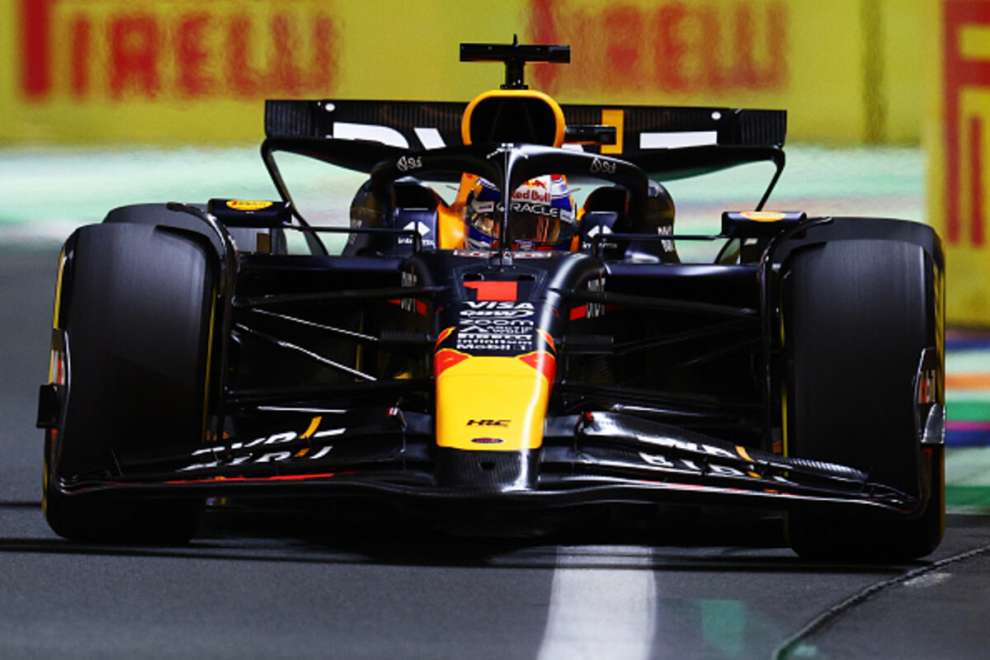By Carlo Platella
The Circus had left itself in Saudi Arabia with the undisputed supremacy of Verstappen and with the equally solid second force role played by Ferrari. The Cavallino set off from Jeddah with a hint of regret, doubtful of not having made the most of the potential of the SF-24 and with a great desire to try again. The opportunity immediately presents itself again in Melbourne, a track with similar characteristics to the Saudi one and which offers the opportunity to put into practice what was learned in Saudi.
The route
The Australian circuit has changed its nature after the work of recent years, becoming in all respects a high-speed track with many characteristics in common with Jeddah. Both tracks boast 80% of the distance covered with full throttle, just 11% of the time spent on the brakes and average qualifying distances of around 250 km/h. Melbourne, like Jeddah, is characterized as a smooth circuit, with four extensions and as many DRS activations, linked by high-speed corners, some of which exceed 200 km/h.
Prominent point is the very fast 9-10 chicane, a sharp change of direction from over 240 km/h which requires a reactive car, precise with the front and able to travel close to the ground to release maximum aerodynamic load. The simulations predict high lateral accelerations, with peaks of 4.8 g, another number in common with Jeddah. However, there is no shortage of medium-low speed corners, especially concentrated in the last sector. As in Arabia, the track has smooth asphalt and limited tire degradation, with a design that also pushes towards medium load aerodynamic configurations.
Ferrari and Mercedes: important opportunities
At Ferrari there is the awareness that they can immediately put themselves to the test to improve the good but not flawless performance in Jeddah. In Saudi Arabia the Red team suffered a few too many difficulties in being able to take advantage of the new tires in qualifying and at the start of the stint. Leclerc's words also suggested a certain dissatisfaction with the chosen set-up, with an excess of oversteer and an unstable rear in the traction phases. It will be interesting to see if Ferrari confirms the atypical choice to run with a more aerodynamic configuration than the competition, rewarding in corners but penalizing in straight lines.
“Melbourne is a track that could offer similar values to those seen on the Jeddah Corniche circuit”comments Vasseur. Two weeks later Australia offers Ferrari the possibility of trying their hand at a similar track, to review the choices made and to improve. Melbourne will say how much of Red Bull's current delay is due to the car's shortcomings and how much is due to the need to learn how to make better use of a revolutionized car. If Verstappen still appears to be the favorite to win, for Ferrari the objective is to put more pressure on the world champion.

Also Mercedes welcomes the return to a track similar to the previous one. In Saudi Arabia the Silver Arrows had great difficulty on the high-speed corners, between lack of load, sudden oversteer and bounces that deprived the drivers of the necessary confidence. The team tried to fill the gaps with a more loaded rear wing, only to then opt for a dramatically lighter one to contain delays on the straight. In view of the curves in Melbourne, Mercedes has already developed some experiments to conduct, with the aim of identifying flaws in its simulation methods.
Tire unknowns
Despite the similarities, there will be no shortage of innovations in Australia. The most important is the choice of Pirelli to bring softer tires than the previous edition, focusing on the C5, C4 and C3 compounds. The decision stems from the low degradation seen in the 2023 Grand Prix, when many cars completed 47 laps on the same set of hard tyres. The softening of the compounds makes the single-stop strategy less obvious, which is why in testing it will be important for the teams to collect as much data as possible on the degradation of the tires chosen by Pirelli.
The Australian Grand Prix coincides with the seasonal debut of the C5 compound, the softest of all in the Pirelli range, but which so far has only been tested in Bahrain by Ferrari and Sauber. Being able to understand and make the most of the soft tires will be another variable of the Australian weekend, which moreover often offers sudden changes in the weather. Last edition's qualifying sessions showed all the variability of the Albert Park track, whose temperatures can change rapidly, rewarding anyone who manages to follow its evolution and hit the optimal window of use.

The importance of brakes
Another central aspect in Melbourne is that of the braking system. Brembo classifies the Australian track with a severity of 3 out of 5 for the brakes, but the simulations tell of a circuit dotted with more violent braking compared to the first two events. If braking deceleration did not exceed 4.2 g in Bahrain and 4.5 g in Jeddah, in Australia it reaches up to 4.8 g in the braking section of Turn 11, to which is added the 4.7 g of braking in Turns 1 and 3. Reaching the limit while braking can have a large impact on the lap time, especially on a track with braking sections that are even more violent than the previous ones. Small differences that remind us how, despite being on similar tracks, in the end each Grand Prix is a story in itself.
#Australia #similarities #Jeddah #Ferrari #opportunity

